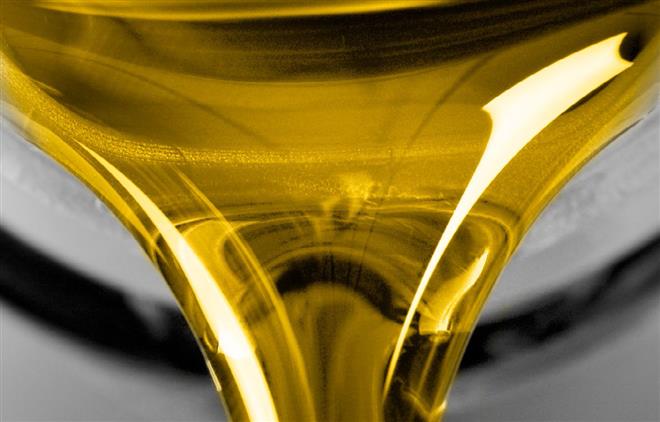 “I’ve heard that the addition of bypass filters offers advantages over full-flow filters on diesel engines. What are these advantages?”
“I’ve heard that the addition of bypass filters offers advantages over full-flow filters on diesel engines. What are these advantages?”
Some solid contaminants (dirt, wear particles, etc.) lead to abrasion and wear (rings, liners, cam, bearings, etc). Other contaminants (soot, sludge, oxide insolubles, glycolic compounds, etc.) can contribute to deposition formation in the combustion zone (crown land, ring lands, skirt) and valve area (valve seats/guides) of the engine. These deposits can also contribute to wear and combustion efficiency problems with engines.
Recent studies on the contaminant sensitivity of engines have found all of these solid contaminants to be important to engine reliability and efficient operation (relating to emissions, fuel economy, oil consumption, etc.). These contaminants are typically suspended in crankcase lubricants in sizes ranging from submicron to more than 100 microns.
Typically, the very best full-flow filters exhibit a capture efficiency of 50 percent at particle sizes of 10 microns and above. Smaller soot suspension and polar insolubles that can also cause wear and deposits are not controlled effectively by these full-flow filters. For this reason, compressed cellulose depth media used as bypass filters can offer benefits in removing fine organic and inorganic particles. In combination with full-flow filters, the benefits can be lower wear, lower oil consumption, higher combustion efficiency and longer oil life. There are a variety of bypass filters on the market, including centrifugal separators.
Things to consider when buying a bypass filter include pressure vs. flow (P-Q), Beta or capture efficiency at say 3 microns, 6 microns and 15 microns, and dirt-holding capacity. If the filter supplier has tested its bypass filter to standard procedures, this information would be available.
Bypass filters also increase the total volume of oil used by the engine. This means that more oil additives are available as well as fluid volume to dilute the concentration of contaminants.








